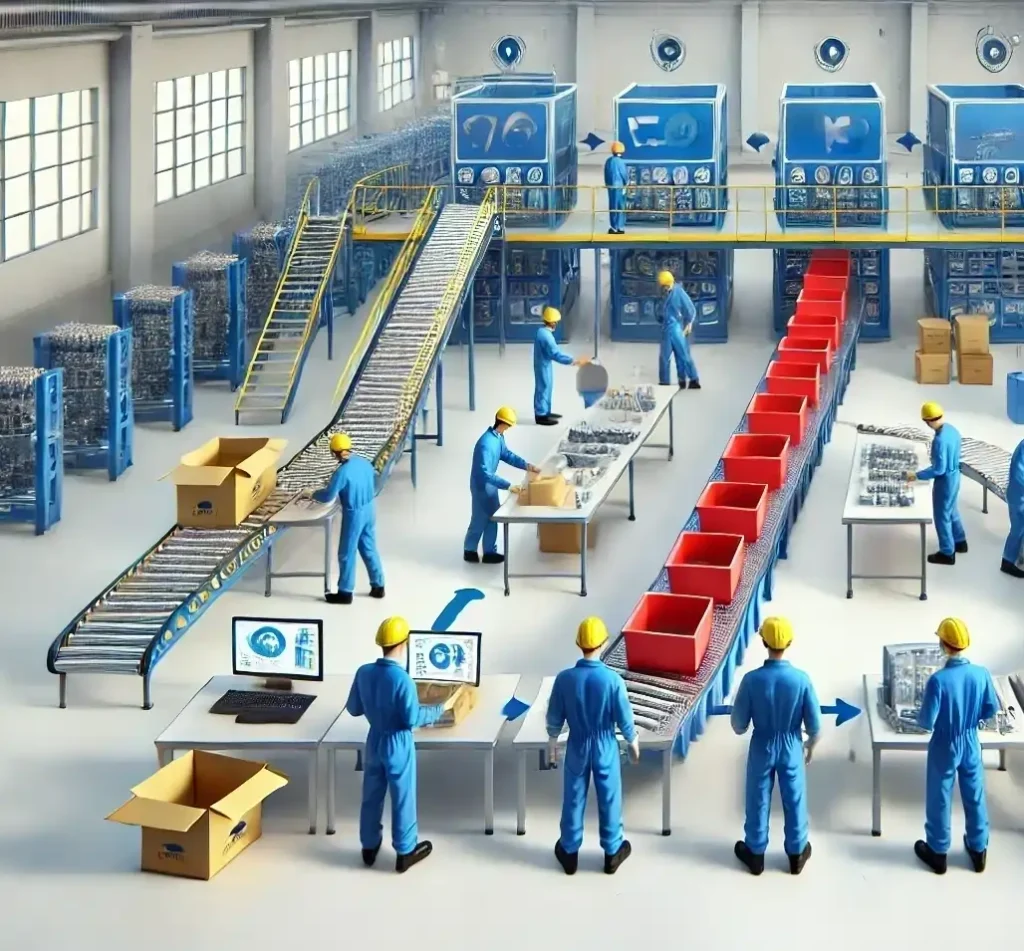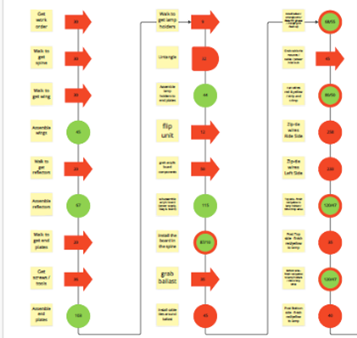
The Beginning: A Quiet Hum of Possibility
Imagine a bustling workspace, where the hum of machinery and the steady rhythm of production fill the air. In a corner of Ohio, a team of dedicated professionals—engineers, technicians, and leaders alike—stood at a crossroads. They felt the weight of ambition, the pull of efficiency, and the whisper of untapped potential in their production lines. Have you ever felt that moment when you know change is necessary, but the path forward feels uncertain? This was their story.
For months, they had studied their processes, sketching ideas on whiteboards, debating over coffee, and dreaming of a future where every motion counted, every second mattered. Their goal? To craft something extraordinary—not just a product, but a transformation that could redefine their work. They weren’t just building medical devices; they were building a legacy of innovation.
The Challenge: Rising Tension on the Shop Floor
But change isn’t easy. The current rhythm of their assembly lines, while steady, was tangled with waste—unnecessary movements, cluttered spaces, and moments lost to inefficiency. The team knew the stakes: their customers relied on precision, and their reputation depended on excellence. Yet, doubt lingered. Could they redesign their entire process in just three days? Could they balance the chaos of innovation with the discipline of execution?
Enter the Kaizen event—a bold, collaborative sprint to validate their ideas and simulate a new reality. From the very first day, the energy was electric. Training sessions buzzed with curiosity, as every voice—from the newest technician to the seasoned manager—shared insights. They verified cycle times, captured videos of their current state, and prepared the shop floor for a radical shift. The tension built, like a story reaching its climax, as they faced the challenge head-on.

The Resolution: A New Rhythm of Success
By day three, the simulation hummed with promise. Three production runs confirmed an astonishing 45% reduction in cycle time—surpassing even their ambitious goal. Actions piled up: 28 completed, 7 in progress, and 3 to tackle post-event. A $5 labor cost reduction per unit wasn’t just a number; it was a victory, a tangible proof of their ingenuity.



